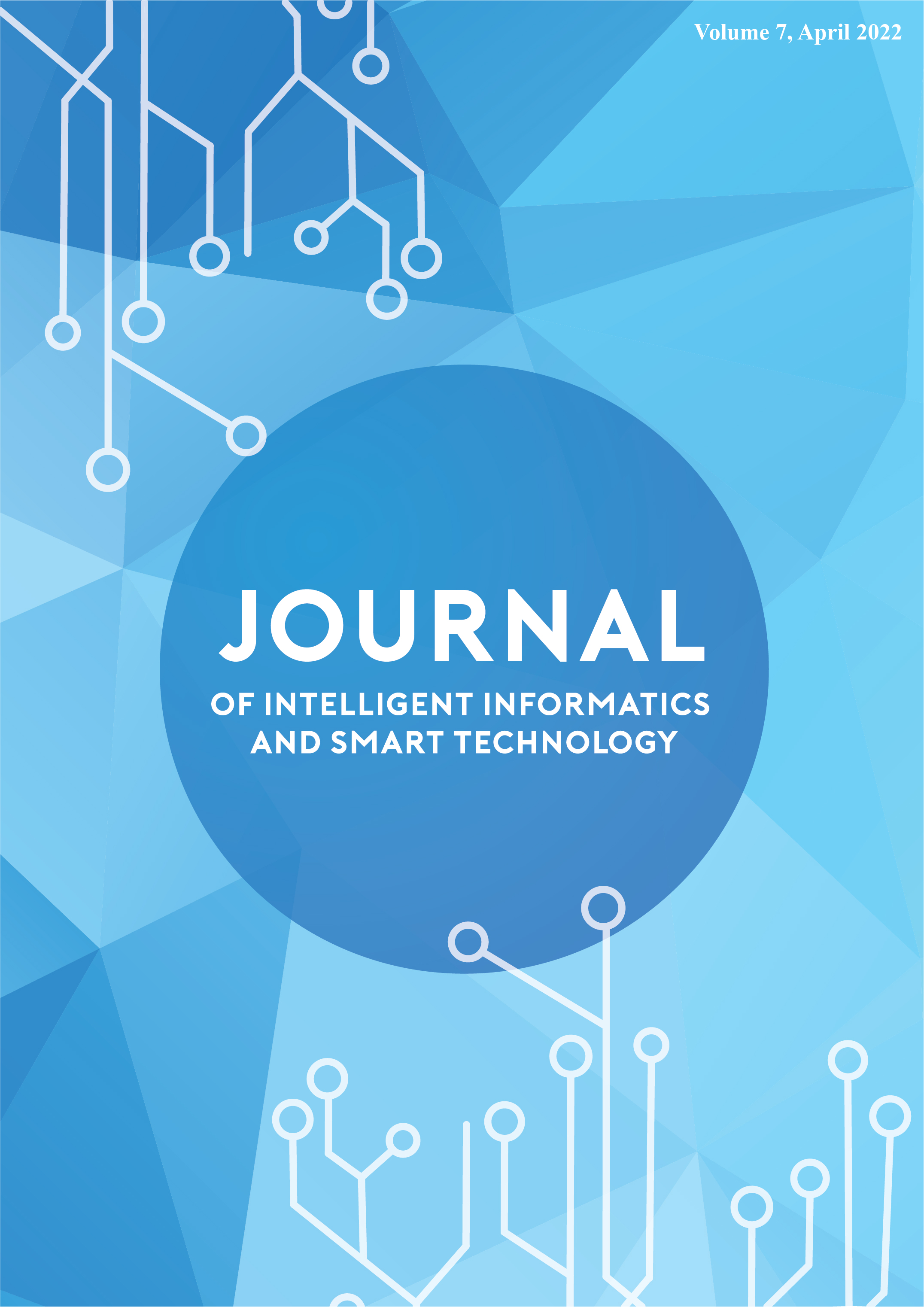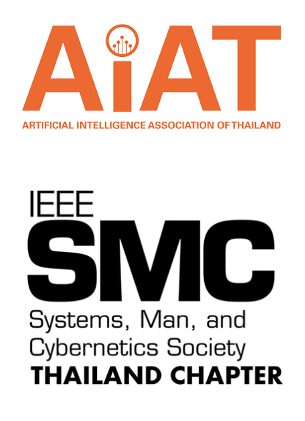A Prototype for Presage Detection for Heat Stroke using LPWA Communication and Wearable Devices
DOI:
https://doi.org/10.14456/jiist.2022.2Keywords:
Heat stroke, LPWA communication, Wearable device, Construction industry, Manufacturing industryAbstract
In recent years, the number of heat stroke cases has been increasing. The manufacturing and construction industries account for 40% of the workplace casualties due to heat stroke. Another problem is the increase in the risk of heat stroke due to the aging of the workforce. Typical symptoms of heat stroke include a rise in core body temperature and delirium. These internal conditions are difficult to obtain from active workers. Therefore, it is common to find signs that appear secondary to these symptoms such as skin body temperature, sweating, and heart rate. In this study, we developed a sensor device that detects signs of heat stroke and a gateway that can temporarily store data. Using these devices, it is possible to implement a system that notifies the supervisor of the signs of heat stroke of workers through LPWA communication, and a system that manages the biometric data of workers in a database and visualizes them in graphs and maps. In order to develop such a system, in this study, we verified whether our device can acquire changes in the biometric data of the user.
References
Ministry of Health, Labour and Welfare in Japan: "Incidents of fatalities and injuries due to heat stroke in the workplace in 2019".
Ministry of Land, Infrastructure, Transport and Tourism in Japan: "Current Situation of Construction Industry and Construction Workers".
J. L. GLAZER, M. D.: "Management of Heatstroke and Heat Exhaustion", American Family Physician., Vol. 71, No. 11, pp. 2133-2140 (2005).
S. Ueno, D. Hayano, E. Noguchi, and T. Aruga: "Analysis of heat stroke at workplaces in government-ordinance-designated cities using emergency transport data(in Japanese)", Journal of Occupational Safety and Health.
T. Hifumi, Y. Kondo, K. Shimizu and Y. Miyake: "Heat stroke", Journal of Intensive Care, Vol. 6, No. 1, pp. 30(2018)
Y. Kondo et al: "Comparison between the Bouchama and Japanese Association for Acute Medicine Heatstroke Criteria with Regard to the Diagnosis and Prediction of Mortality of Heatstroke Patients: A Multicenter Observational Study", International Journal of Environmental Research and Public Health., Vol. 16, No. 18, pp. 3433(2019)
JAAM (Japanese Association for Acute Medicine): "https://www.jaam.jp/ "
A. Bouchama, J.P. Knochel: "Heat stroke", New England Journal of Medicine, Vol. 346, No. 25, pp. 1978-1988(2002).
E. Yuda, R. Iino, Y. Yoshida, and J. Hayano: "Spiky Burst of High Frequency Heart Rate Variability: A Prodromal Sign of Syncope Accompanying Heatstroke", International Journal of Environmental Science and Development, Vol. 10, No. 8, August 2019.
A. Gagge: "An effective temperature scale based on a simple model of human physiological regulatory response", ASHRAE Trans., Vol. 77, No. 2192, pp. 247 ‒ 262(1971).
J. A. Stolwijk,: "A mathematical model of physiological temperature regulation in man", National Aeronautics and Space Administration, Vol. 1855, No. NAS 9-9531(1971).
T. Tanantong, E. Nantajeewarawat, S. Thiemjarus,: "Toward continuous ambulatory monitoring using a wearable and wireless ECG-recording system: A study on the effects of signal quality on arrhythmia detection", Bio-Medical Materials and Engineering Vol. 24, No. 1, pp. 391-404 (2014).
T. Tanantong, E. Nantajeewarawat, S. Thiemjarus,: "Automatic electrocardiogram signal quality assessment in continuous wireless monitoring" Maejo International Journal of Science and Technology Vol. 10, No. 2, pp. 127-141(2016).
T. Tanantong, E. Nantajeewarawat, S. Thiemjarus,: "False Alarm Reduction in BSN-Based Cardiac Monitoring Using Signal Quality and Activity Type Information" Sensors Vol. 15, No. 2, pp. 3952-3974(2015)
S. Tanabe, K. Kobayashi, J. Nakano, Y. Ozeki, and M. Konishi: "Evaluation of thermal comfort using combined multi-node thermoregulation (65MN) and radiation models and computational fluid dynamics(CFD)", Energy and Buildings, Vol. 34, No. 6, pp. 637 ‒ 646(2002).
T. Kosuda, Y. Nakajo, K. Sasagawa, Y. Nishikai, S. Shimizu, Y. Kumita, T. Kondo and N. Hashimoto: "Development of a helmet-type wearable device capable of measuring perspiration during various activities", 2019 International Conference on Electronics Packaging(ICEP), Vol. 13, pp. 138-143(2019).
K. Matsumoto, Y. Temiz, H. Taghavi, E. L. Cornelius, H. Mori, and B. Michel: "An earbud-type wearable(A hearable) with vital parameter sensors for early detection and prevention of heat-stroke", Annual International Conference of the IEEE Engineering in Medicine and Biology Society(EMBC), pp. 7049-7055(2019).
A. Uchiyama, T. Hamatani, and T. Higashino: "Estimation of Core Temperature based on a Human Thermal Model Using a Wearable Sensor", IEEE Global Conference on Consumer Electronics(GCCE), pp. 605-609(2015).
P. O. Antonio, C. M. Rocio, R. Vicente, B. Carolina and B. Boris: "Heat stroke detection system based in IoT", IEEE Ecuador Technical Chapters Meeting(ETCM), pp. 1-6(2017).
S. Lin, C. Lan, H. Hsu, and S. Chen: "Data Analytics of a Wearable Device for Heat Stroke Detection", Sensors, Vol. 18, No. 12, pp. 1-24 (2018).
Murata Manufacturing Co., Ltd: "https://solution.murata.com/ja-jp/service/wms/ "




